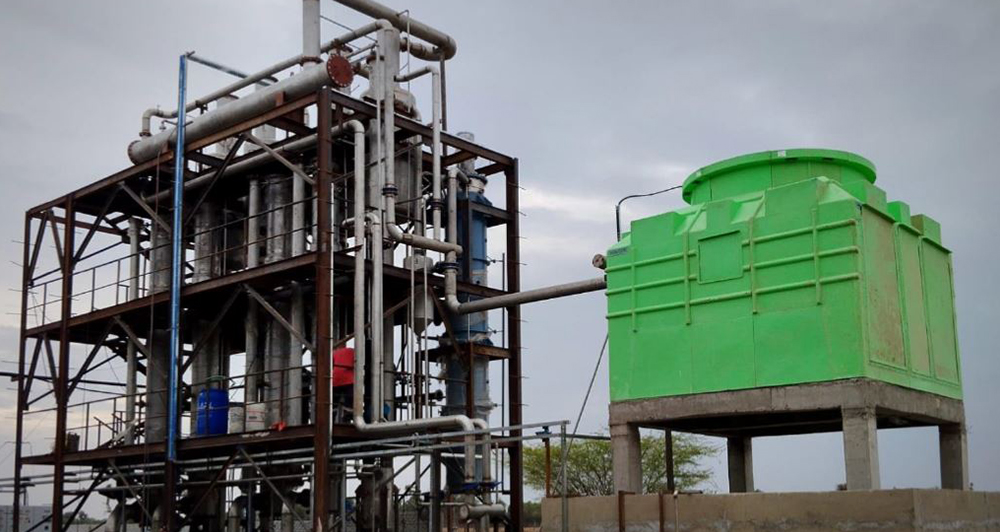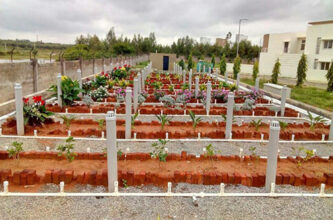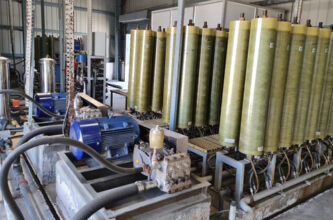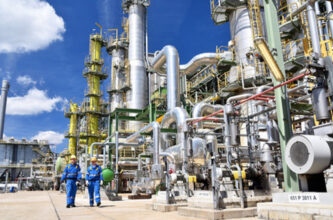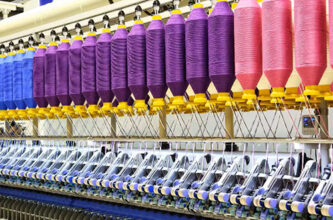Sludge Dewatering (SDW) – FAQ
1. What is sludge dewatering?
Sludge dewatering is the process of removing excess water from sludge (biosolids) generated from wastewater treatment plants, industrial processes, and other sources. This reduces sludge volume, making it easier and more cost-effective to transport, dispose of (landfill, incineration), or further process (land application, composting).
2. Why is sludge dewatering important?
Reduces sludge volume : Significantly decreases transportation and disposal costs.
Improves sludge handling : Makes sludge easier to handle, pump, and store.
Enables further processing : Prepares sludge for beneficial reuse options like land application and composting.
Environmental benefits : Reduces the environmental impact of sludge disposal and minimizes the risk of pollution.
3. What are the common methods of sludge dewatering?
Mechanical : Filter press, belt press, centrifuge, screw press
Thermal : Incineration, drying beds
Chemical : Polymer addition to improve dewatering efficiency
4. What factors influence the choice of dewatering technology?
- Sludge characteristics (e.g., solids content, viscosity, particle size)
- Desired final sludge moisture content
- Budget constraints
- Available space
5. What are the key performance indicators (KPIs) for sludge dewatering systems?
Cake solids content : The percentage of solids in the dewatered sludge cake.
Throughput : The volume of sludge processed per unit time.
Polymer consumption : The amount of polymer required for effective dewatering.
Energy consumption : The amount of energy used by the dewatering equipment.
Maintenance requirements : The frequency and cost of equipment maintenance.
6. What is a filter press?
A filter press is a mechanical dewatering device that uses pressure to force water out of sludge through a filter medium (typically cloth). Sludge is pumped into chambers, where it is compressed between filter plates.
7. What are the disadvantages of using a filter press?
Batch process : Can be labor-intensive and time-consuming.
High capital cost : Initial investment can be significant.
High maintenance : Requires regular cleaning and maintenance of filter cloths.
9. What is a belt press?
A belt press is a continuous dewatering system that uses a series of belts to transport and dewater sludge. Sludge is applied to a moving belt and subjected to mechanical pressure and gravity to remove water.
9. What are the disadvantages of using a belt press?
Lower solids capture : Typically achieves lower cake solids content compared to filter presses.
May be less suitable for highly viscous sludges : Can experience difficulties with certain sludge types.
Sensitivity to variations in sludge characteristics : Performance can be affected by changes in sludge properties.


